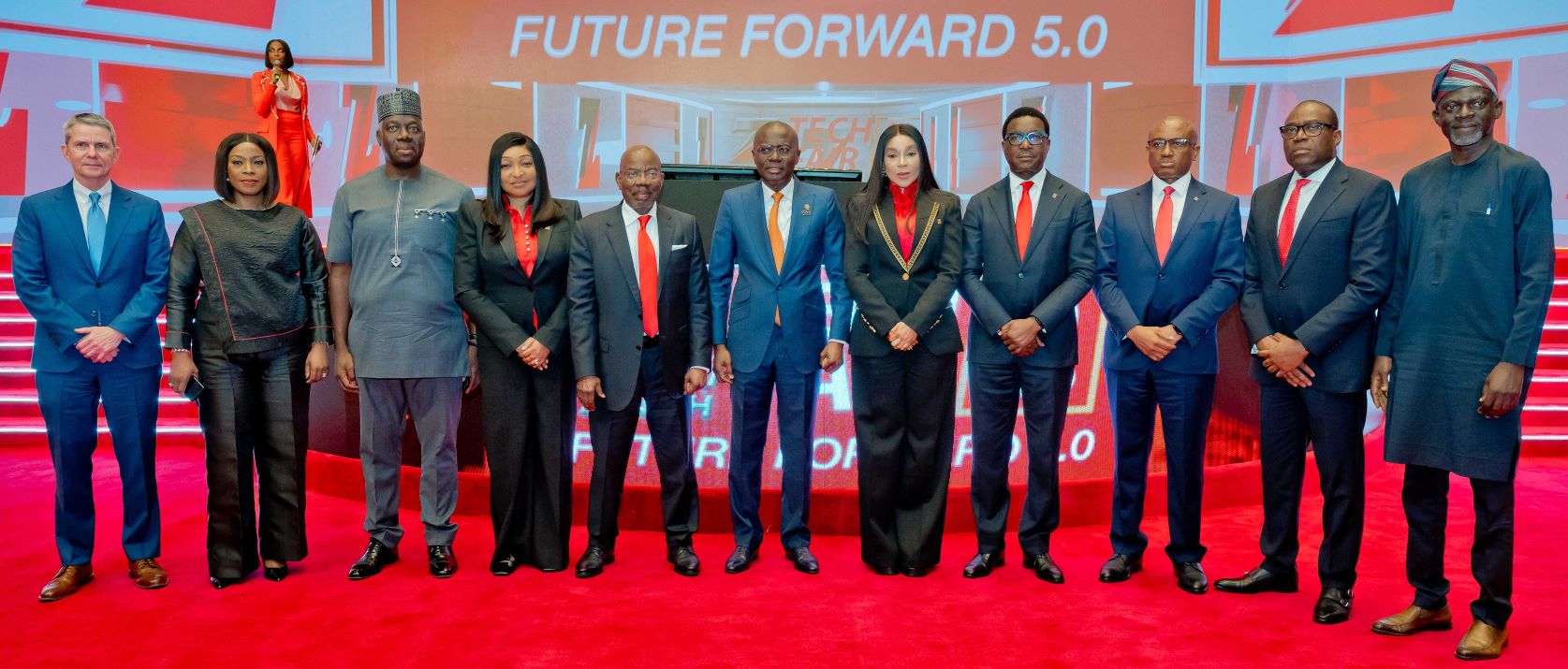Resiliency Is The Cornerstone Of Future-Proofing Business Continuity
EMMANUEL ASIKA

2020 will forever be known as the year that dramatically changed the trajectory of both society and business. From customer and market behaviour to operational systems and processes, we have remained in flux, working to address these changes and challenges from the past two years.
The rise of the hybrid working environment reshaped how organisations, especially technology companies, manage workforces, respond to global cyberthreats, and acquire top talent. Soaring cost-of-living and unreliable supply chains also contribute to an overall backdrop of volatility.
As businesses strive to find a new status quo, leaders must do more to stay in-line with the rapid pace of change. To thrive, the technology industry must build resiliency in these two critical dimensions of operations to cope with the coming disruptions: managing security in the hybrid workplace and training the workforce to become more flexible.
Endpoint security: crucial for business resilience
As companies embrace the hybrid work model, they are exposed to more vulnerabilities than ever before, which means new measures are required to secure employee device endpoints from external threats. Firmware attacks, which can evade detection, have become a major concern for IT leaders. To make matters more challenging, these attacks are becoming increasingly difficult to remediate if left unmanaged.
Recent HP research projects have highlighted the scale of the problem. For instance, the ‘Blurred Lines & Blindspots’ report by HP Wolf Security found that working from home encourages staff to engage in riskier security behaviours, with 70% of those surveyed admitting to using their work device, or letting someone else use it, for personal tasks. Also, 69% said they used their personal laptop or printer/scanner for work activities since the pandemic started.
HP’s ‘Out of Sight & Out of Mind’ report discovered a trend of ‘shadow IT,’ where personal equipment is bought, installed, and used – often in the cloud – meaning security is circumvented. The study further highlighted that some 43% of respondents globally do not even have their PC or laptop checked and installed by their IT department.
Another HP study, ‘Rebellions & Rejections’, revealed that workers’ attitudes toward security and IT further compounded the issues. It showed that 37% of respondents said policies are too restrictive, with 54% of younger workers saying that they are more worried about meeting deadlines than protecting themselves and their business from data breaches.
Shockingly, 31% of workers aged 18-24 have tried, and in some cases successfully evaded security measures and procedures. This has left cybersecurity professionals in a difficult position, with 91% of IT teams feeling pressure to compromise safety for business continuity.
Unsurprisingly, this has become a boon for cybercriminals, with the Q1 2022 edition of the HP Wolf Security Threat Insights Report identifying a 27% increase in the volume of threats captured in the quarter.
Fostering a more resilient workforce
Over and above security, IT and senior managers must take responsibility to inspire, educate and train employees on the necessary business and personal skills to excel in the digitised environment.
There has been pressure on employees to learn new skills, thanks to changes in product development, marketing and sales in the hybrid world. In 2021, Gartner found that nearly six in 10 employees would need to develop new skill sets to do their jobs successfully.
HP for example, is adopting a hiring model that prioritises talent over industry experience. Our aim is to foster a culture of agility and inclusion by reconsidering traditional roles and approaches to all processes, including recruitment and training.
Building strength through resiliency
Considering the extreme changes experienced over the last two years, it is believed that businesses that focus on resiliency across these key organisational pillars will find themselves in a better position to meet the challenges of today and tomorrow. Despite ongoing changes, we should be responding enthusiastically to the many new opportunities to better connect in this new world.
– Emmanuel Asika, Country Head, HP Nigeria
















